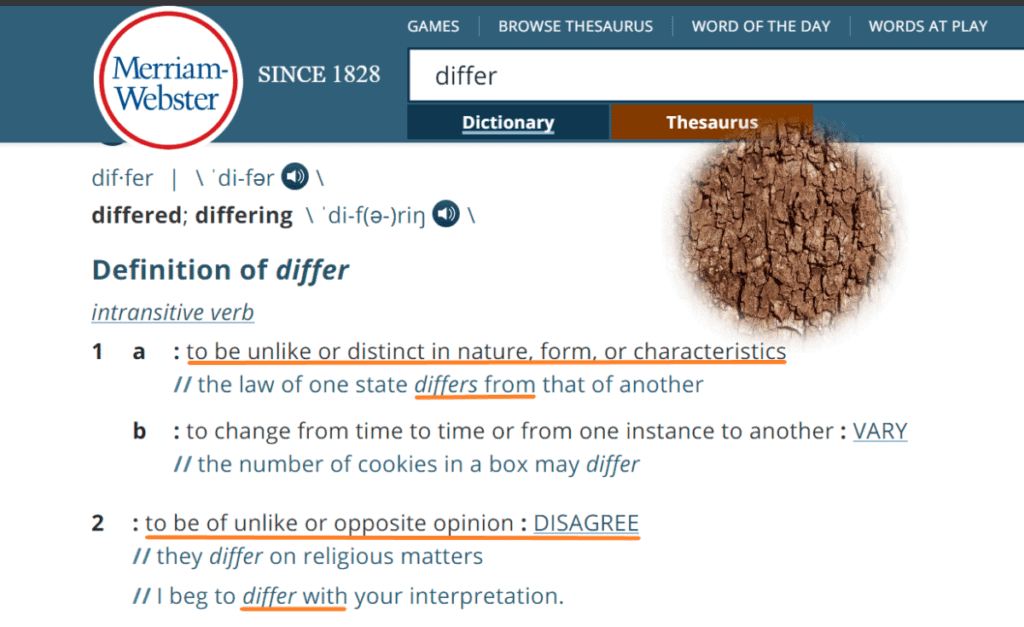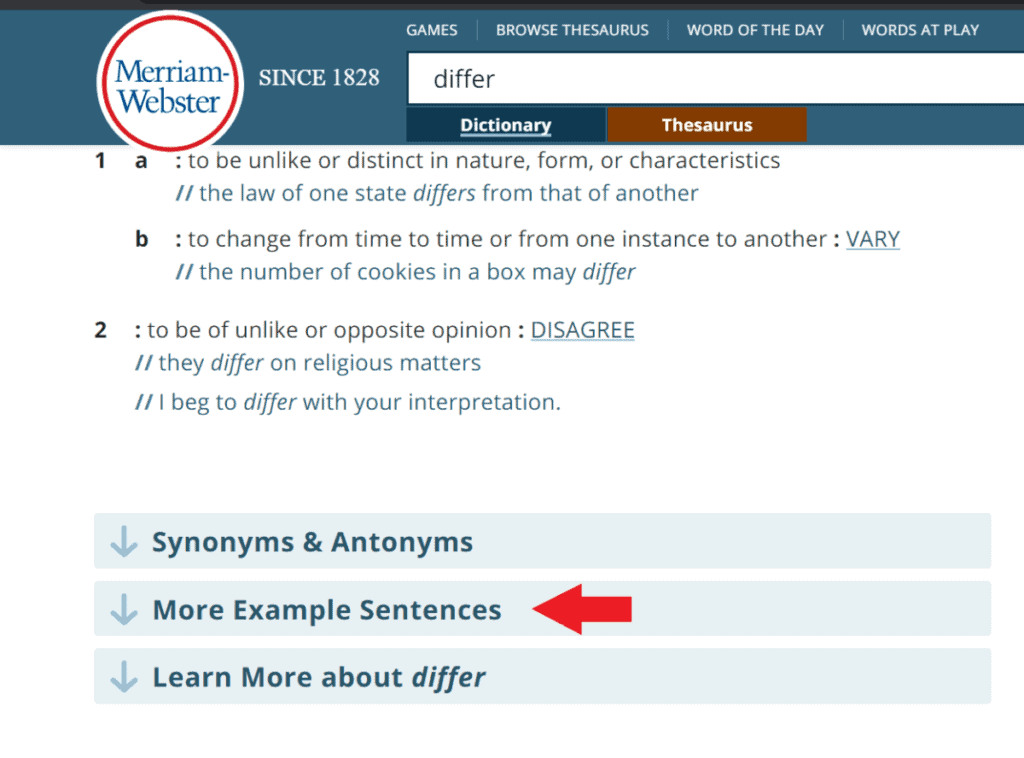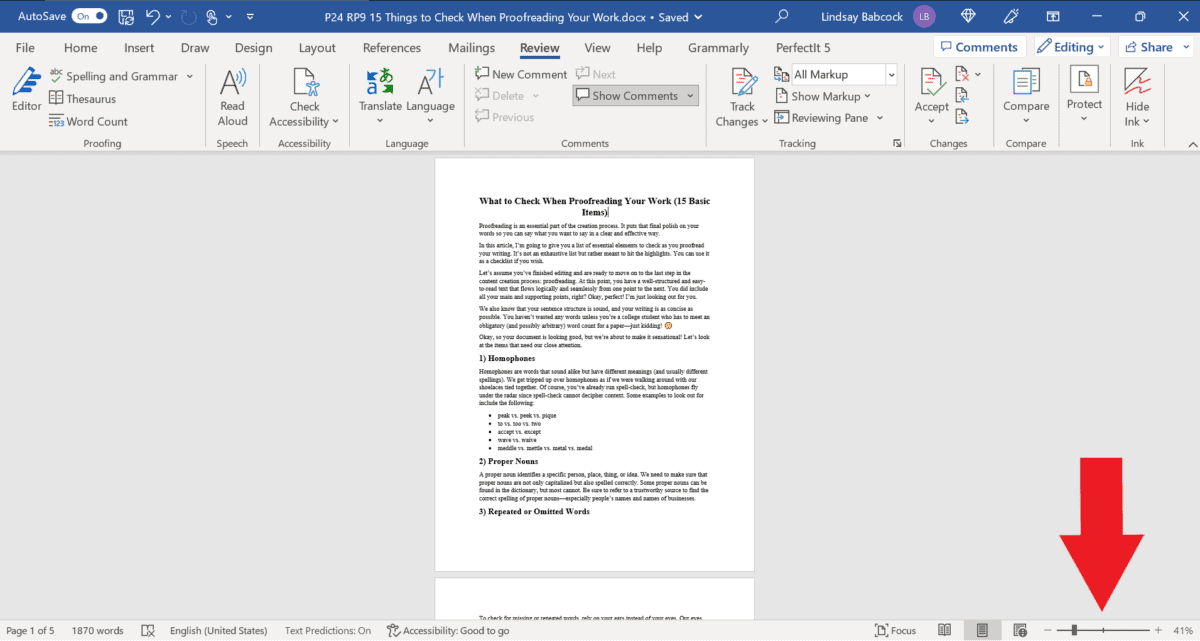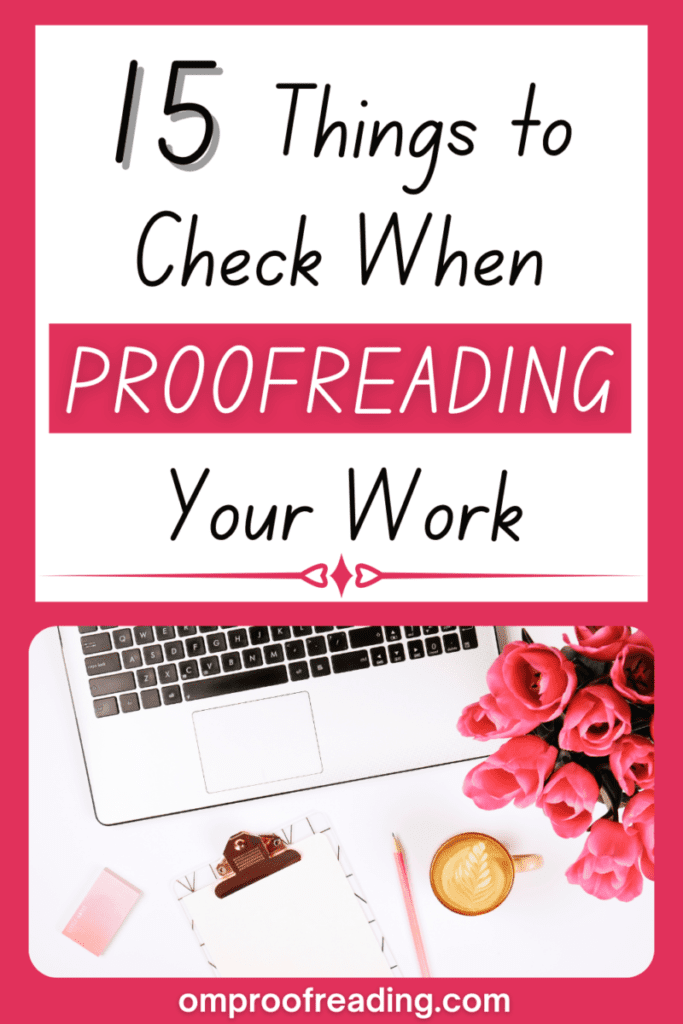This article may contain affiliate links. Please see our affiliate disclaimer in the footer menu for more information. Thank you for your support!

If you want your writing to shine, you may wonder what to check when proofreading your work.
Proofreading is a significant part of the editorial process. It gives your words the final polish so you can say what you want to say in a clear and effective way.
In this article, I’ll list essential elements to check as you proofread your prose.
It’s not an exhaustive list, but it serves to hit the highlights. You can use it as a checklist if you wish.
What to Check When Proofreading Your Work (The Basics)
By now, you’ve finished editing and are ready to move on to proofreading.
You have a well-structured, easy-to-read text that flows logically and seamlessly from one point to the next. You did include all your main and supporting points, right? Okay, perfect. I’m just looking out for you!
We also know your sentence structure is sound, and your writing is concise. You haven’t wasted any words unless you’re a college student who has to meet an obligatory (and possibly arbitrary) word count for a paper—just kidding! 😉
At this point, your document looks good, but we’re about to make it sensational!
Let’s look at the items that merit our close attention.
1) Homophones
When we check for spelling stumbles, we need to pay close attention to homophones.
Homophones are words that sound alike but have different meanings (and usually different spellings). We tend to trip over homophones as if we’re walking around with our shoelaces tied together.
Of course, you’ve already run spell-check, but homophonic errors fly under the radar since spell-check can’t decipher context.
Some examples of homophones include the following:
- peak vs. peek vs. pique
- to vs. too vs. two
- accept vs. except
- wave vs. waive
- meddle vs. mettle vs. metal vs. medal
Grammarly can help you catch mistakes with homophones. I wrote an article about the many reasons for using Grammarly if you’re interested in how this software can assist you. Even the free version is valuable!
And if you need some practice with homophones, my article filled with numerous proofreading tests and quizzes can help you. The first test checks your knowledge of a hodgepodge of homophones!
2) Proper Nouns
A proper noun identifies a specific person, place, thing, or idea.
We need to make sure that proper nouns are capitalized and spelled correctly.
Some proper nouns can be found in the dictionary, but most cannot. Be sure to refer to a trustworthy source to discover the correct spelling of proper nouns—especially the names of people and businesses.
3) Repeated or Omitted Words
To check for missing or repeated words, rely on your ears instead of your eyes.
Our eyes have a way of glazing over these errors because we see what we expect to see instead of what we wrote.
Your best bet to catch these slipups is to have your computer read your document aloud.
Or you can read your writing out loud to yourself.
I mention these two proofreading tips in my article “27 Solid Proofreading Strategies to Improve Your Writing.” Feel free to check it out if you need helpful techniques to catch more mistakes.
4) Capitalization
We know that we should capitalize proper nouns but not common nouns.

However, we also need to avoid getting caught in what Rebecca Elliott calls the “cap trap” in her book Painless Grammar.
We land in the cap trap when we capitalize words just because we think they’re important.
For instance, I could tell you that I’m a Proofreader. But I should have told you that I’m a proofreader. See what I mean?
5) Acronyms and Initialisms
We form acronyms by taking the first letter of each word in a sequence of words to make a new word (e.g., NASA, RAM). Acronyms are read as one word.
We form initialisms the same way but name each letter as we read them (e.g., CIA, NFL).
If your writing contains any acronyms or initialisms, they need to be spelled out when they first appear in your text if the intended audience is unfamiliar with them.
You’ll also want to ensure you’ve formed acronyms and initialisms with the correct sequence of letters.
For example, the Chartered Institute of Editing and Proofreading is the CIEP, not the CEIP.
6) Numbers
We need to ensure that numbers in numeric lists, page numbers, etc., are in the correct order.
We also need to use numbers consistently. For example, you may choose to spell out only single-digit numbers and use numerals for the rest, according to the style guide you’re employing or based on your preference.
Just make sure you’re consistent with the treatment of numbers across your text.
7) Consistency

As I touched on in the last point, consistency is key.
Have you used consistent hyphenation throughout your document?
For example, email and e-mail are both acceptable ways of writing this word. However, we need to choose one variation to use throughout our text.
Have you used consistent abbreviations?
For example, did you write a.m. in one place but am somewhere else?
8) Subject/Verb Agreement
Faulty subject/verb agreement is a common grammar goof.
A singular subject takes a singular verb, and a plural subject takes a plural verb.
Let’s look at the following sentence that contains a subject/verb agreement error:
The solution to all her problems are simple. X
We have the verb are in this sentence. But what are simple? It’s not the problems that are simple; it’s the solution.
Solution is the singular subject of this sentence, so we need to pair it with the singular verb is.
Let’s see the corrected sentence:
The solution to all her problems is simple. 😊
If it’s difficult for you to make subjects and verbs agree, GrammarBook.com is a fantastic resource. It’ll help you master the rules of grammar and punctuation.
9) Prepositions
Using prepositions correctly can be tricky for non-native and native English speakers.
If you have any doubts about prepositions, I recommend referring to the Merriam-Webster.com Dictionary.
A reliable dictionary is a solid source for clearing up pesky preposition problems.
For example, what if I don’t know which of the following sentences is correct:
- This coat differs from that one.
- This coat differs with that one.
I want to convey that these two coats are not alike.
A quick trip to Merriam-Webster shows me the following when I look up the word differ:

Source: Merriam-Webster Online
I now see that in the context of my sentence, I should use the phrase differs from to show that the coats are “unlike or distinct in nature.”
If you’re still unsure about which preposition to use at any given time, scroll down past the definitions and click “More Example Sentences.” This will provide more contextual examples to help you determine the right word.

Source: Merriam-Webster Online
10) Font Size and Style

We need to pay attention to various formatting issues when proofreading our work.
Sometimes, we copy and paste from another document into our text.
For example, we may want to copy and paste a name directly from a source on the internet to ensure we’ve spelled it correctly.
But did we remember to change the font size and style to match the text in our writing?
Using the Format Painter in Microsoft Word is an easy solution to this problem.

If you hover over the Format Painter (the paintbrush icon) with your cursor, you’ll get instructions for using it.
In Google Docs, you’ll want to employ the Paint format tool.
11) Spacing and Alignment
Have you made sure to leave just one space between words and sentences?
To ensure you have, you can use the Find and Replace tool.
In Microsoft Word, the Find and Replace tool is located under the Home tab. You’ll see it on the right side of the menu. You want to click “Replace” to bring up the tool.

Type two spaces into the Find box and one space into the Replace box. If you have any unnecessary spaces, you can delete them all at once or individually. Problem solved!
Have you left the proper space between headings, subheadings, paragraphs, and lists?
Are all of these elements properly aligned?
The best way to check is to zoom out on your document for a bird’s eye view.
You can zoom out using the zoom slider at the bottom right corner of the screen in MS Word.

12) Title, Headings, and Subheadings
We pay so much attention to the body of a text that we sometimes forget the elements that stand out the most.
Mistakes in prominent places like titles and headings stick out like a sore thumb. Be sure to check them for proper font size and style, capitalization, and spelling.
13) Tables, Graphs, and Diagrams
Like the point before, mistakes in these places are quite noticeable.
Check for any visual elements that contain words, and give them one last look.
14) Supplemental Sections
Don’t skip over those footnotes, endnotes, CliffsNotes 😉, in-text citations, etc. They deserve some love too.
Finally, if you have a works cited page, bibliography, or other additional sections, check those also.
15) Punctuation Marks

Finally, those tiny punctuation marks have the power to change the meaning of a sentence.
Since most people don’t consider punctuation a fascinating subject, I decided to share some of my passion for punctuation by having the most commonly used marks speak for themselves.
Reading what they have to say will clue you in to common punctuation pitfalls to be mindful of as you proofread your work.
Periods: Please don’t forget to use us at the end of a sentence unless you’re asking a question or need to emphasize a point.
Question Marks: Instead of using us at the end of a sentence that asks a question, some people use a period. It hurts our feelings when we don’t have the opportunity to do our job.
Exclamation Points: We’re not usually used in formal writing. However, if you must use us, use us just once.
“Five exclamation marks, the sure sign of an insane mind.”
– Terry Pratchett (author)
We have to tell you that the author of this article has been known to use well over five exclamation marks in text messages to her friends. Clearly, she’s a lunatic! 😉
Commas: If you don’t have a good command of us commas, your best bet, for now, is to use us when you feel like it’s a natural place to pause while reading a sentence.
But please don’t tell any proofreaders we said that because they know that relying on this “strategy” would lead them to make numerous errors.
Semicolons: Think of us as a weak period between two closely related sentences. Just don’t forget that we only go between two sentences (not a sentence and a fragment).
Colons: If you use us to introduce a list, please be sure that what comes before us constitutes a complete sentence.
Parentheses: You’d be surprised how often people use our opening curved mark but not our closed one. We don’t like to be separated from our other half.
Quotation Marks: If someone is speaking or you’re writing verbatim what someone else said, please let us enclose their words with both our opening and closing marks.
Apostrophes: Please use us to form contractions or show possession but not to make words plural. When people use us to pluralize words, we feel out of place.
Hyphens: (-) We often join words to form compounds (e.g., long-term, user-friendly) to make writing easy to understand.
Em Dashes: (—) Most people just call us a dash. In US English, we are used to set off words that add to or explain a thought.
En Dashes: (–) In UK English, we’re used to set off words that add to or explain a thought. Aside from that, our primary purpose is to join numbers in a range.
Punctuation can be tricky to master, so I authored an article about how to get better at punctuation.
I hope this article has given you useful suggestions for what to check when proofreading your work.
Best wishes to you!
“Childhood means simplicity. Look at the world with the child’s eye—it is very beautiful.”
– Kailash Satyarthi

Recent Posts
Punctuation is important because it enables us to communicate our message clearly and effectively. Without punctuation, we wouldn’t understand how units of a sentence relate to one another or how...
Although you're probably somewhat familiar with adverbs, you may be unaware of sentence adverbs. As a trained proofreader who has studied the parts of speech, I can help you understand this unique...
